
Do Not Burn Near Combustibles.
Those are the words embossed on the votive candles at San Fernando Cathedral.
Repetition is a design term, and refers to the use of an element more than once in a composition. Including an element multiple times in a picture serves several purposes.
The artist's intent could be to generate balance among design elements. The use of repetition could also be a visual clue from the artist, indicating the importance of an element to the composition's story line. Grouping like elements sends a message that is quite different from the use of an element all by itself, at least partly because sheer numbers generate a visual impact more powerful than the use of a single element. Imagine how different this picture would be if only one candle glowed in the dark. Perhaps then it would read visually as a beacon. Or a single prayer or wish.
The use of repetition in this picture supports a different message. It suggests hundreds of prayers being offered simultaneously. Each one unique and important, but each made more powerful as part of the collective offering.
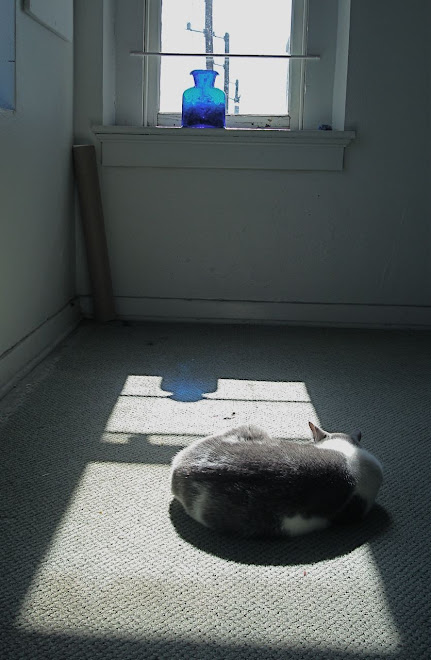
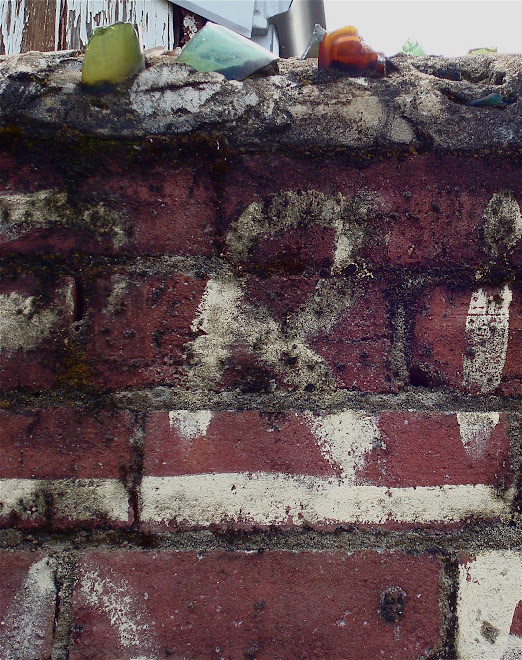
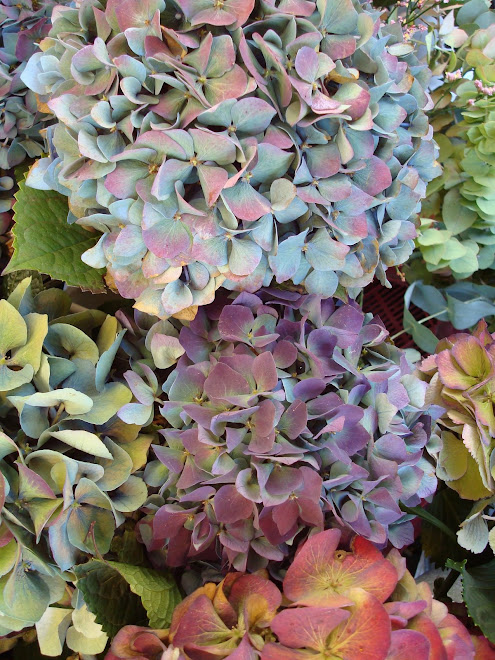
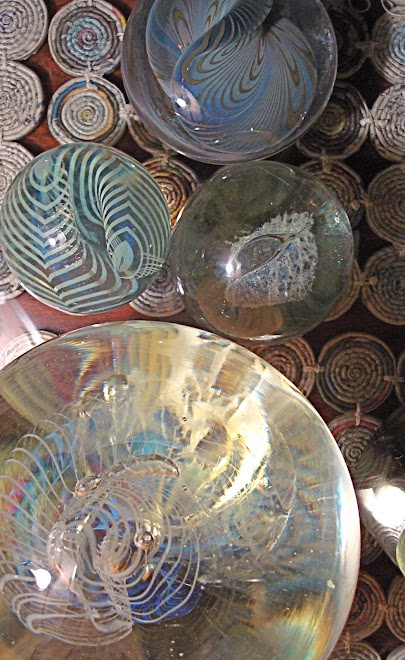
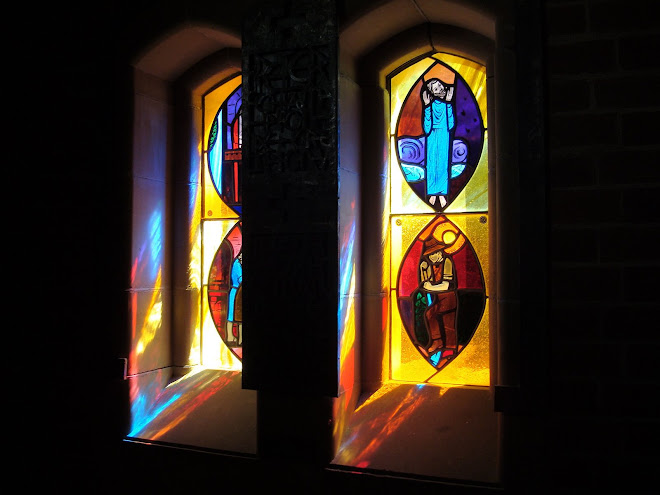







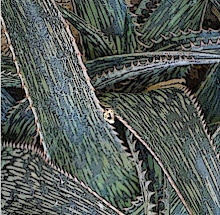
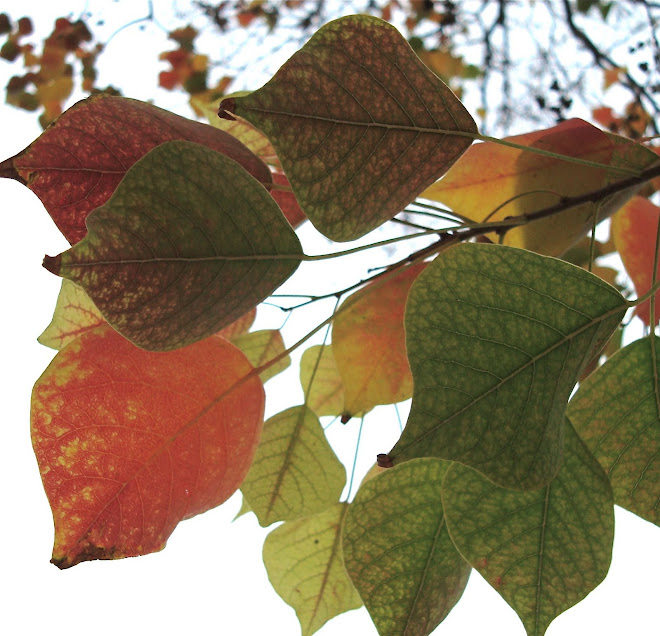
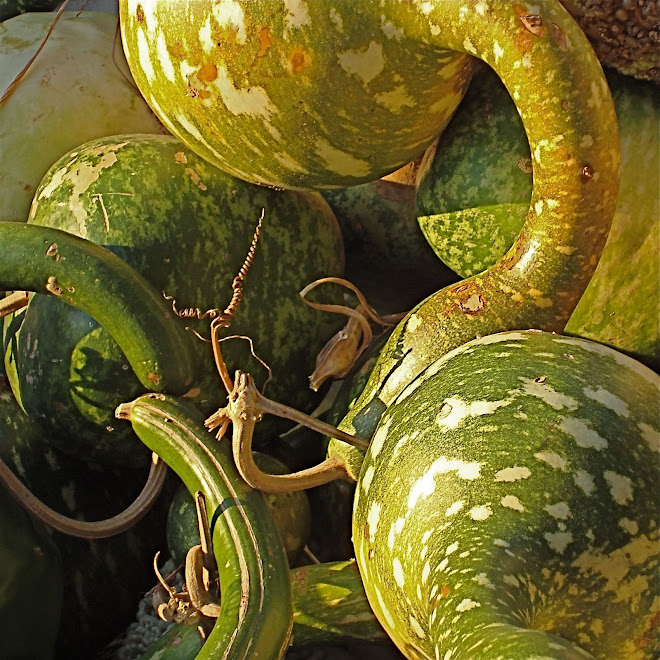
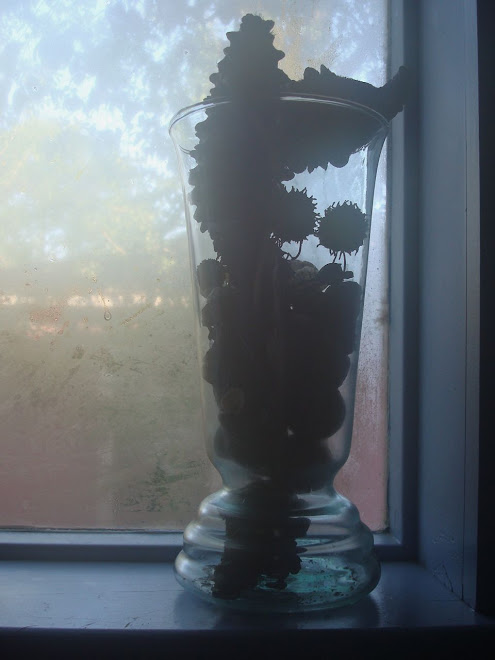
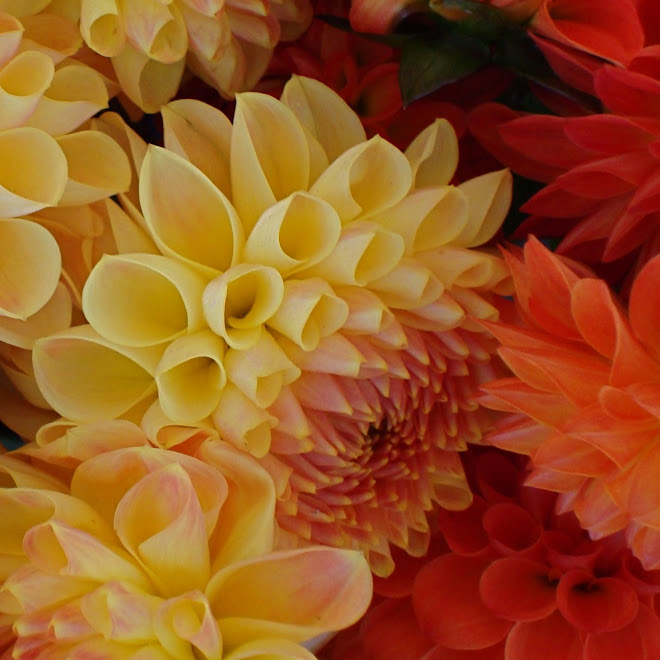
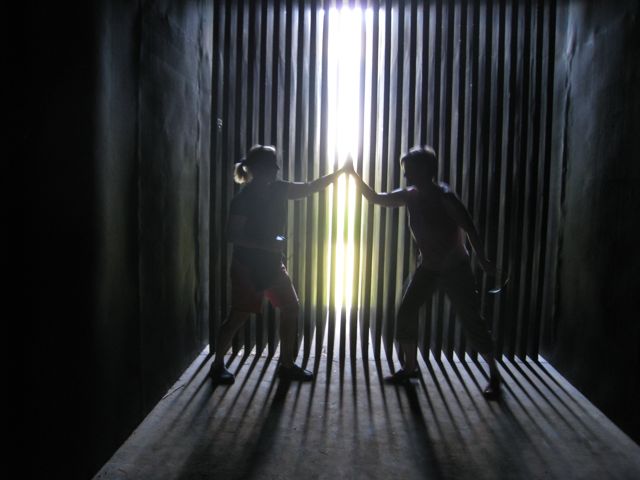
4 comments:
"Hundreds of prayers offered simultaneously"--a wonderful thought and reminiscent of a temple in Kyoto, Japan. Sanjusangendo has 1001 statues of a Buddhist diety, the Kannon. All are unique, though similar, but the sense of holiness is similar to all of your candles. Thank you for reminding me of that experience and of all the prayers being offered besides mine.
I find this image simultaneously beautiful and hilarious. The irony of the repeated words.
This picture and words reminded me of another Japanese link, this one at Myoshiji in Kyoto. I was feeling reluctant to offer my individual prayer, until my friend reminded me of the power of group prayer.
Also, repitition can be interpreted as "I meant to do that."
Mary
Thank you for the reminder of ....hundreds of prayers offered simultaneously.
And ....more powerful as part of a collective offering.
I need to be reminded that my world is filled with a collection of known and unknown support.
Post a Comment